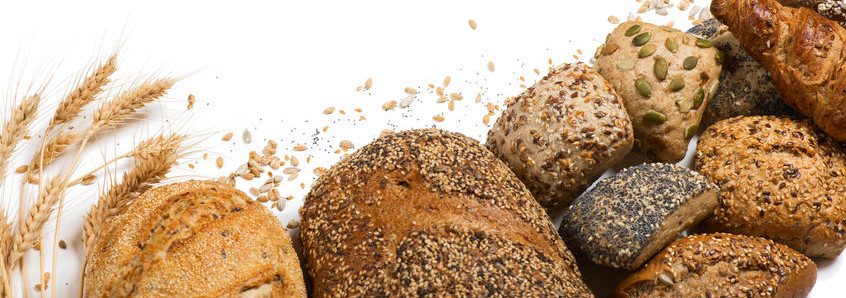
What’s hard about baking with fiber?
- It soaks up water. A lot of water.
- The loaf volume decreases while the firmness increases, because fiber dilutes gluten.
- It makes bake out times longer.
However, you can add enzymes or gluten, or use smaller sized fiber to help make a better product with fiber.
What’s good about baking with fiber?
If you’re adding more water to compensate for the fiber, that means you’re going to be increasing moisture, which will help with improving shelf life. But more importantly, you’ll be cutting your calories and putting a trending ingredient on the label.
It may take some extra work and time to formulate fiber into products, but in the climate of healthy and functional foods, it’s worth it.
What are some sources of insoluble fiber?
- fruits
- nuts and seeds
- vegetables
- wheat bran
- whole grain foods
Extracting insoluble fiber from a raw material depends on the nature of the raw material. For instance, foxtail millet is sometimes used as a source. In this process, foxtail millets are sorted and cleaned to remove foreign materials. The cleaned seeds are washed using water, drained and dried in an air oven at 35°C. The grains are milled and sieved through a 100 mesh to obtain flour. Parts of the flour (500 g) are defatted overnight with n-hexane (w/v) according the ratio (1:5) at room temperature (25°C). The defatted materials are dried in an air oven at 25°C before being packed into polyethylene bags.
Commonly, grains are milled and defatted, followed by a process to remove the water insoluble portion of the flour. Since insoluble fiber is not easily dispersed in water, extraction methods remain rather straightforward.

